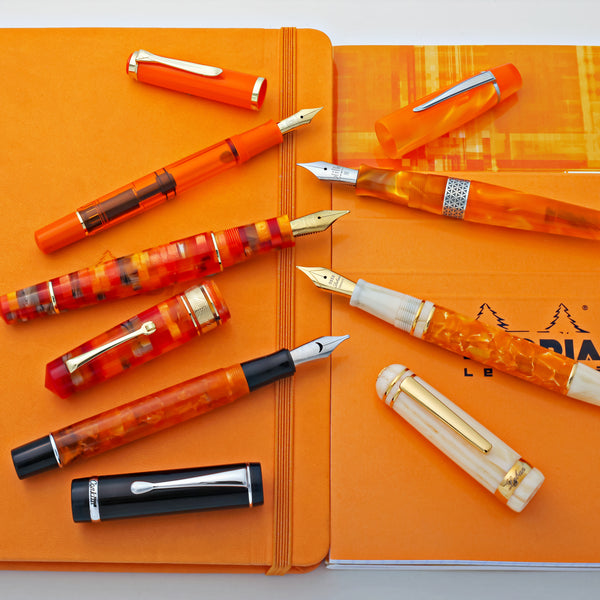Why Vintage Fountain Pens?
If you think that modern pens have a variety of nibs, colors, patterns, shapes, and filling systems, then you will love the variety available in the realm of best vintage fountain pens. With more than a hundred years of pens out there, the variety is staggering.ering.
As you can imagine, the nibs that come with classic fountain pens can be much different from the nibs that we find on our modern pens, and there are some nibs (like vintage flex nibs) that just cannot be manufactured any longer. Not all the many filling systems that were developed caught on well enough to stay in production, but they are fun to find and collect.
While modern pens usually use a cartridge or a converter to hold ink, vintage pens have a wide variety. Many of them use bottled ink and some sort of rubber sac to contain the ink in the pen. The mechanisms are often named after the way that you get ink into that sac. The most common are probably the lever fillers, which you fill by moving a lever that is connected to a bar and that squeezes the sac and then sucks ink out of the bottle. Button fillers, bulb fillers, and twist fillers work in predictable ways. Coin fillers and match fillers use an appropriately sized slot or hole in the barrel to compress the bar inside with a match stick or coin. Sheaffer’s Snorkel pen uses a unique and complicated mechanism to suck ink into an extendable snorkel like a mosquito. This variety is fascinating, and there is always a bit more to learn.
Some collectors will focus on a particular variety of pens, a particular era, sterling silver Art Nouveau overlays, rare fountain pens, or even a very narrow band like quill pens from the American Revolution or lever-fill fountain pens from Japan. Really, if you have any interest in collectible pens, historic engineering, or just having an old ink pen on your shelf as a decoration you should check out best vintage fountain pens.






